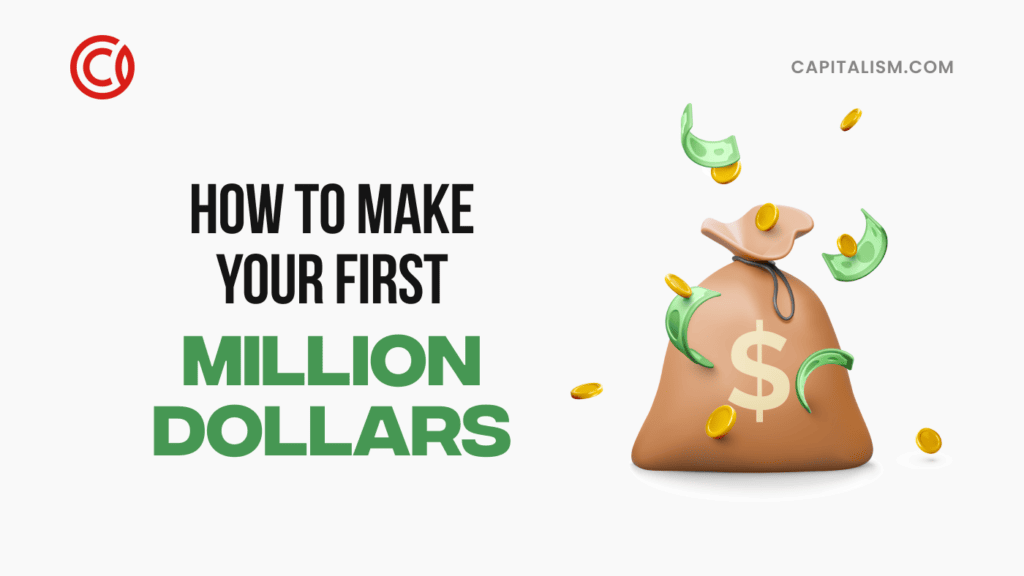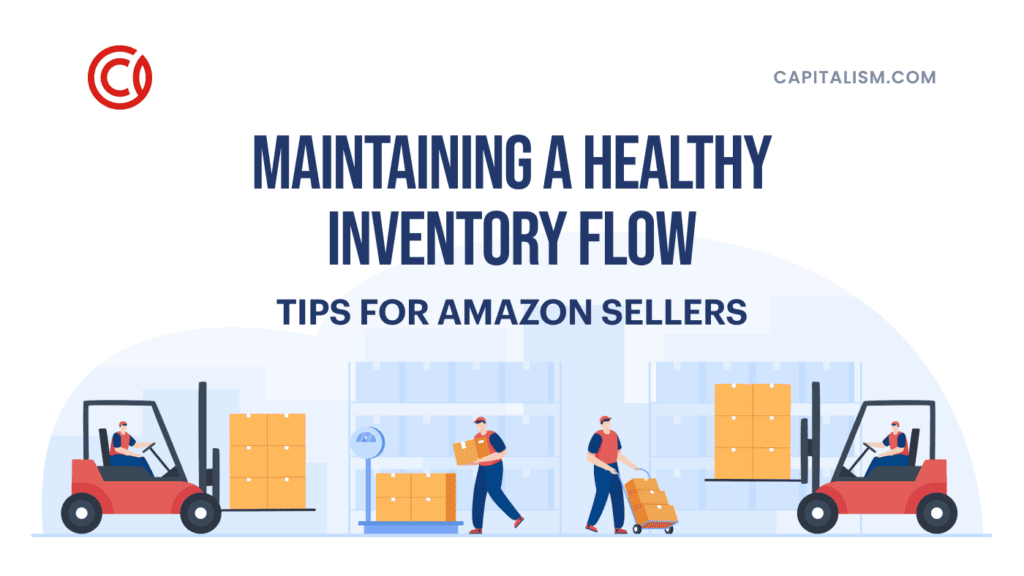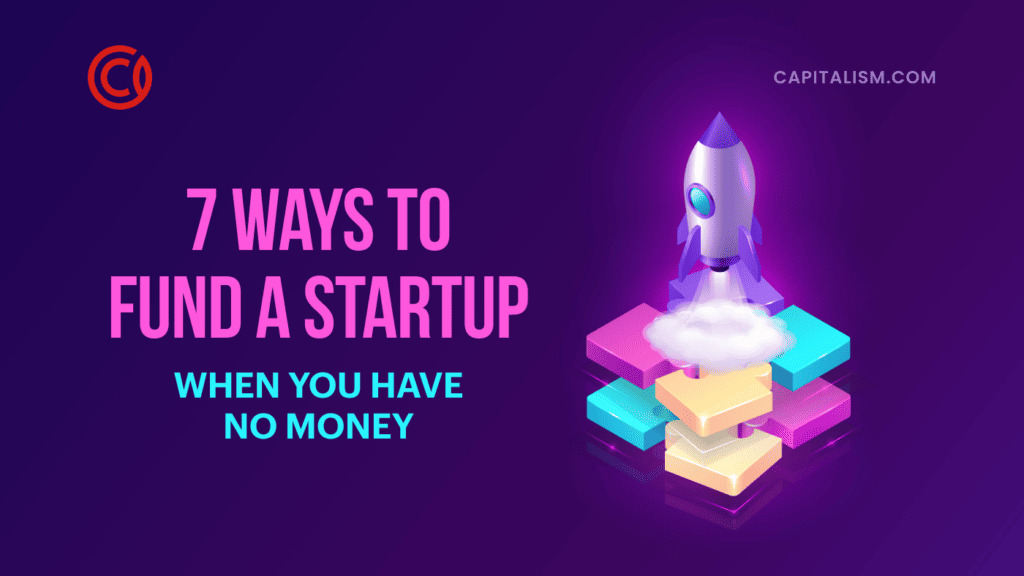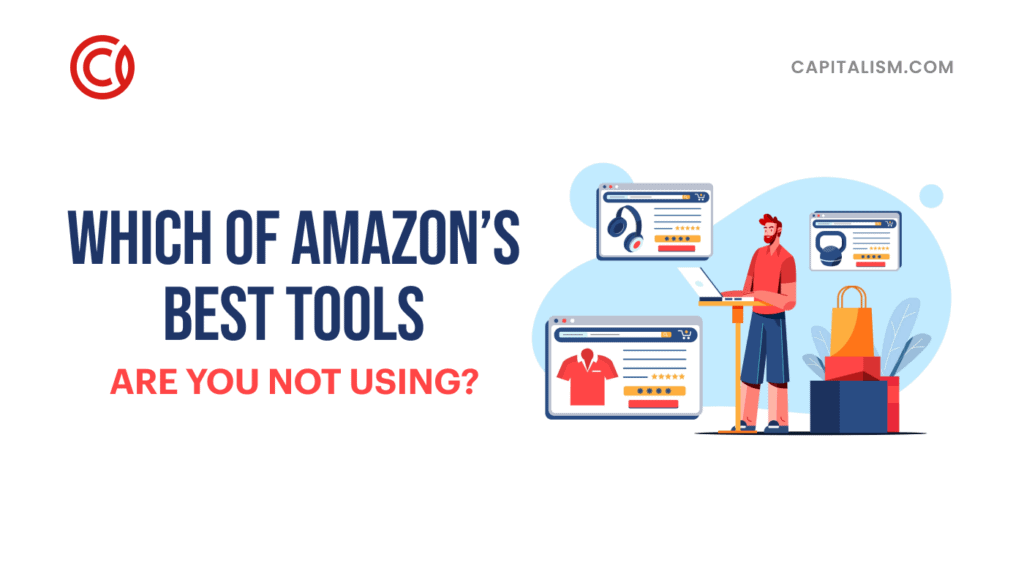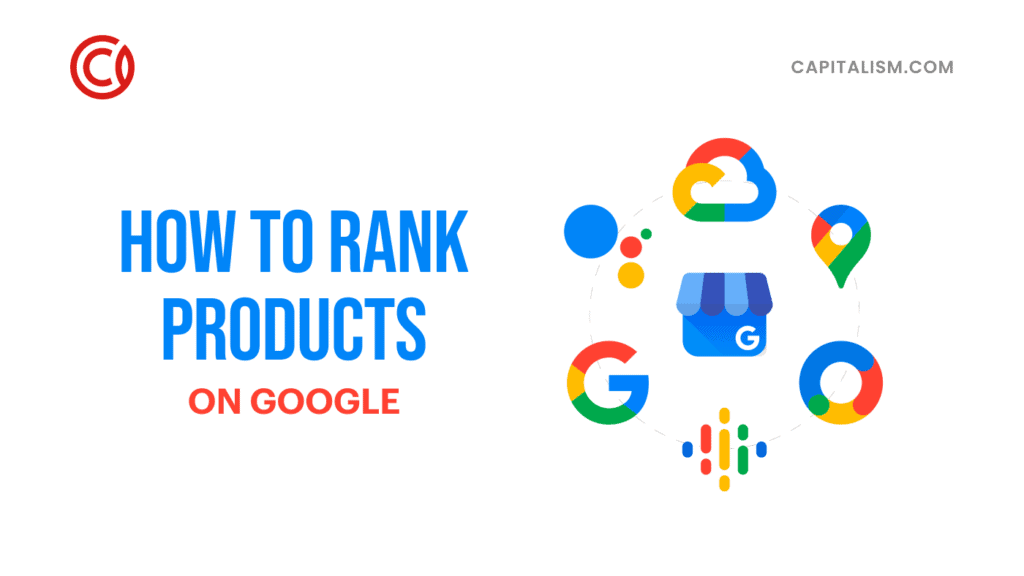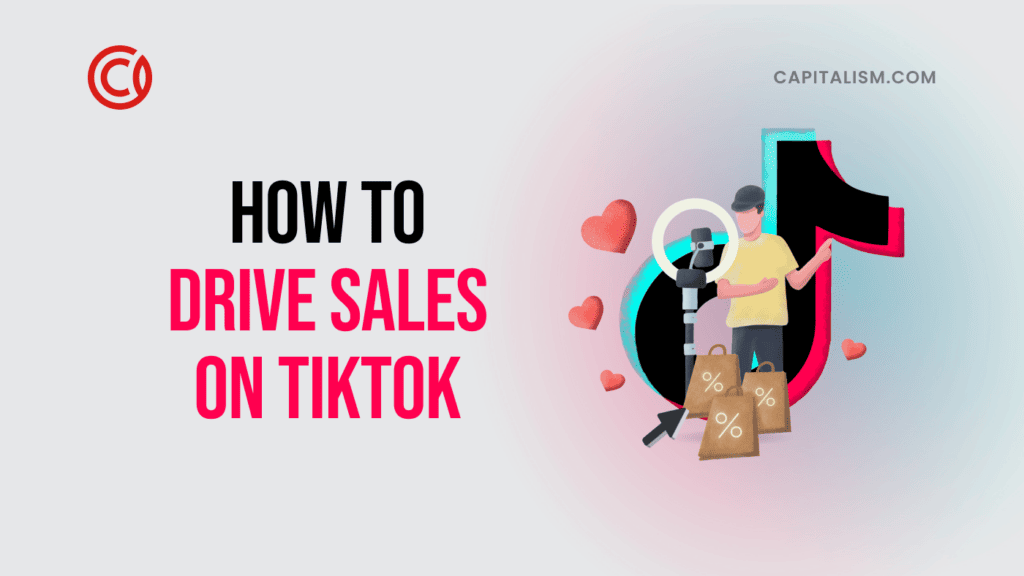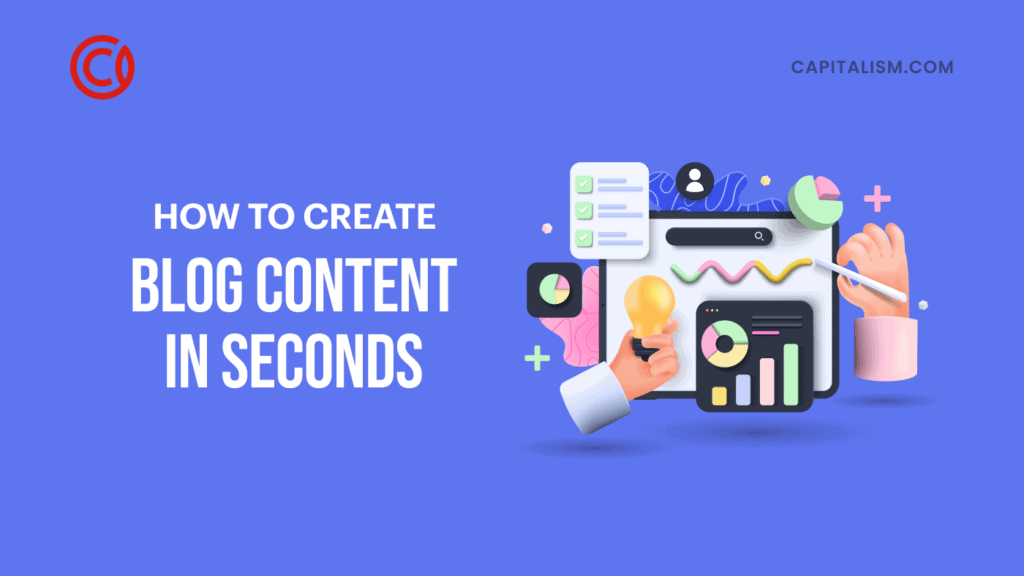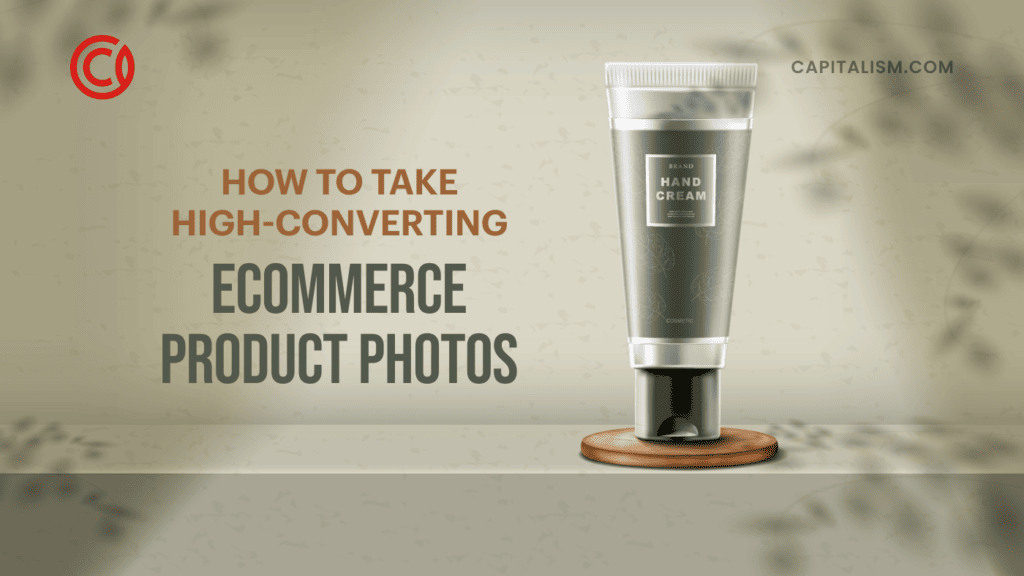Learning how to make your first million can be an intimidating process. With so many get-rich-quick schemes and scams on the internet, you may wonder if there is truly a way to make your dream of being a millionaire a reality.
Here’s the thing…
Yes, you’ll find plenty of get-rich-quick schemes. And we all know the Internet is full of scams. But there are some tried-and-true strategies for making your first million. Why reinvent the wheel if you don’t have to?
Capitalism.com’s Ryan Daniel Moran made his first million through affiliate marketing websites he built in college, way back in 2006. Although it’s been almost 20 years now, Ryan STILL believes affiliate marketing through long-term content sites is a great way for a new entrepreneur to get a foot in the game and build a profitable business. He elaborates on his experience in this YouTube video.
In this guide, we’ll cover the basics and benefits of affiliate marketing, how it played a role in helping Ryan earn his first million, and how you can leverage the business model to make your first million and passive income.
What Is Affiliate Marketing?
Affiliate marketing is a marketing strategy through which individuals or organizations (affiliates) use their influence to promote products or services of another business in exchange for a commission on successful sales, leads, or other desired actions. It is a mutually beneficial arrangement where the merchant gains increased visibility and sales, the affiliate earns a commission, and the consumer discovers relevant products or services.
Here's a breakdown of the key players in the affiliate marketing model:
- Merchant: The merchant is the company or business that owns the product or service being promoted. They create affiliate programs to attract affiliates who will help promote their offerings.
- Affiliate: An affiliate is an individual or entity that promotes the merchant's products or services through various marketing channels. Affiliates can be bloggers, website owners, influencers, content creators, or even organizations. Affiliates often have a specific target audience or niche and create content that drives traffic to the merchant's website or landing pages, earning commissions for leads or purchases.
- Consumer: The consumer is the end user or potential customer who visits the affiliate's website or social media profile. The consumer discovers the affiliate's content and clicks through to learn more or make a purchase–the process which rewards the affiliate.
In Ryan’s situation, he built content sites and published articles, sharing his opinion on affiliate products to get people to respond, whether through a comment, click, or purchase. He focused on content marketing and search engine optimization (SEO) to rank for key terms on Google. As a result, he increased his chances of making an affiliate sale while boosting the long-term value of his content site.
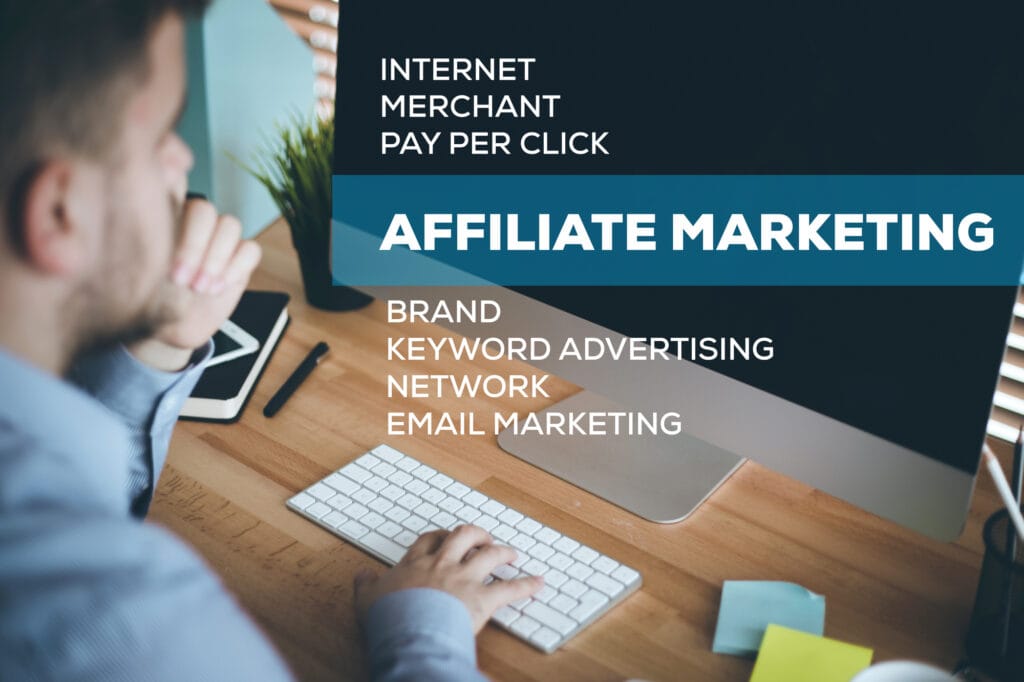
Companies are leveraging this style of content marketing today and selling their websites for a lot of money. For example, Sam Parr built The Hustle as a content site and email newsletter. HubSpot purchased it in 2021 for an undisclosed amount (but it is rumored to be eight figures). Sam was on our podcast and shared his story.
That’s a reported eight figures for a content site!
So you can see how building a website where you share valuable content can generate short-term income through affiliate sales and ads. But it also gives you the potential for big-time paydays as you build a valuable asset.
Benefits of Affiliate Marketing
Why is affiliate marketing an ideal business model for people who are just getting started as entrepreneurs? While other business models require extensive knowledge and a large chunk of capital upfront, anyone can break into affiliate marketing if willing to put in the time and effort.
Benefits of affiliate marketing include:
- Low start-up costs
- Flexibility to work from anywhere
- Potential for passive income
In Ryan’s experience, one of the top benefits of affiliate marketing is that you can choose topics and products that interest you, so you are building an audience while doing something you enjoy. By selecting a topic you are passionate about, you’ll find it easier to go beyond affiliate marketing to diversify your income-producing activities.
For example, you can begin selling through your email list, publishing email newsletters, or encouraging your audience to subscribe to your channel on YouTube or your podcast. It all starts with the content website, SEO, and affiliate marketing, but the potential for even greater income generation is there for the taking.

From His Dorm Room
“Using this method, I was making over a hundred thousand dollars a year from my college dorm room, and I kept doing this until I decided to move forward with my physical products brand,” said Ryan.
“Email newsletters are worth a lot of money right now…if people are consuming your emails and they're buying stuff from those emails, that is an asset you can sell for a whack ton of money.”
Building an email list through affiliate marketing will ensure you always have eyeballs watching what you do. These contacts from your list are the people who will purchase your affiliate promotions, course launches, or physical products. As you nurture the relationships, their trust in you grows, your assets grow in value, and so does your income potential.
How to Get Started in Affiliate Marketing
So how do you get started with affiliate marketing? Here’s a step-by-step process to follow:
Step #1: Choose a Niche
Select a niche in alignment with your knowledge and interests. When you care about the topic, it’s far easier to create engaging content that resonates with your audience. At the same time, you also want to choose a niche with a hungry target audience. Consider who you want to serve, identify their needs or a problem you can solve, and then look for a niche that checks all the boxes.
Step #2: Research Affiliate Programs
Identify the affiliate programs offering products or services related to your chosen niche. Consider factors like commission rates, payment terms, and the reputation of the affiliate network or program.
Step #3: Build a Website

Set up a website or blog to establish your online presence. Choose a domain name that reflects your niche and create a visually appealing and user-friendly website. Implement SEO to attract organic traffic. (Clueless about building a website? You can always outsource the task!)
Step #4: Create Valuable Content
Start creating high-quality and valuable content that connects with your audience. This could include blog posts, articles, product reviews, videos, or podcasts. Focus on providing useful information and solving problems for your audience. And don’t forget the SEO!
Ryan used Semrush, a tool still available today, to determine where he ranked for key terms on his affiliate websites. As you publish content, Semrush can tell you how it ranks so you can go back to optimize your content and rank higher. Another tool Ryan used and now suggests for new affiliate marketers is Ahrefs, which shows you where to get links and provides information on the likelihood of your ranking for specific key terms. With tools like these, you'll have insight into what you should be writing about, and you can optimize your content marketing to get more visibility on Google.
Does the thought of writing a bunch of content make your head spin? Outsource it. Even in the early days, Ryan hired writers to help him keep his affiliate marketing sites updated with fresh, engaging content.
Step #5: Incorporate Affiliate Links
Once you have valuable content, strategically incorporate affiliate links within it. Ensure the placement feels natural and doesn't come across as overly promotional. Disclose your affiliate relationships to maintain trust with your audience.
Step #6: Drive Traffic to Your Site

Use various methods to drive traffic to your website or blog. These may include SEO, social media marketing, email marketing, guest posting on other websites, podcasts, video marketing, and paid advertising. Experiment with different digital marketing strategies to find what works best for you. Remember to capture the email addresses of anyone who connects with you through your website.
Step #7: Engage Your Audience
Foster a sense of community by engaging with your audience through comments, social media, and email marketing. Respond to questions, provide additional value, and build relationships. This will help you establish trust and credibility so they immediately turn to you when they think of your niche.
Step #8: Scale Your Business
As you gain experience and success, look for opportunities to scale your affiliate marketing business. This could mean expanding into new niches, diversifying your income sources, or creating your own products. According to Ryan, once you have a solid affiliate marketing content site, branching out into other money-making opportunities like a physical products business is easier.
“The fast way to get to 100 sales a day is by talking about the launch you’re doing on your website and email newsletter,” said Ryan. “So you’ve created this asset and a loyal audience that you can use to sell anything.”
Takeaway
Is affiliate marketing the right opportunity for you? With low start-up costs and a proven step-by-step process, it's an evergreen business model that worked for Ryan nearly two decades ago. And he continues to recommend the model today for new entrepreneurs who want to get on the path to passive income and life-changing wealth.

When you view your affiliate marketing website as a content site asset you can leverage for various income generation strategies, you open yourself up to endless possibilities–from affiliate product sales and course launches to email newsletters. Plus, if you create your own product brand, you’ll have a loyal audience ready to buy. Or you may decide to sell the site for the right price!
At Capitalism.com, we believe learning how to make your first million shouldn’t be a lonely journey. Whether you want to dive into affiliate marketing or launch a new product, we want to be in your corner. With the right support and resources, you can skip the trial and error and go straight to the good stuff, and we’re here to help.
Did you know the Capiatalism.com team is on a mission to make one million new millionaires by 2028? You can be one of them–all you need to do is take the first step.
Here’s what you can do now: Check out this FREE course we developed to help you build a million-dollar brand. It’s essentially a roadmap to make your first million. So join us, and let’s get started!
